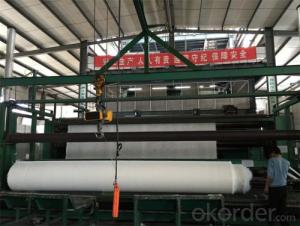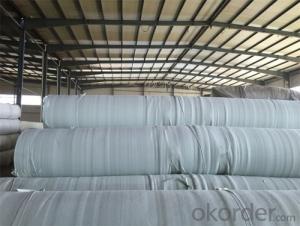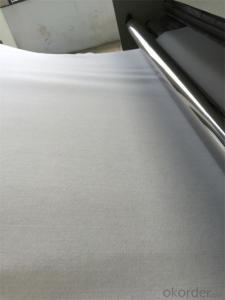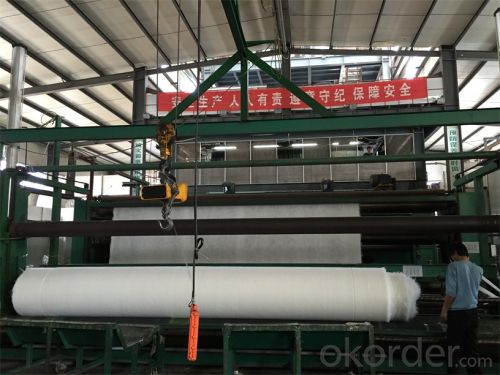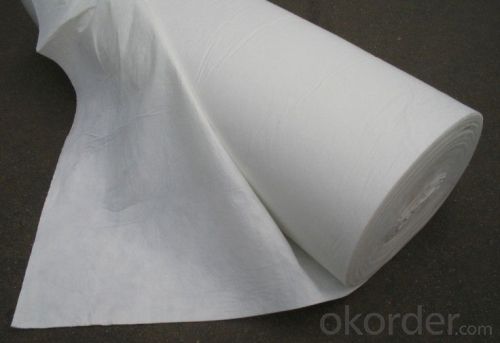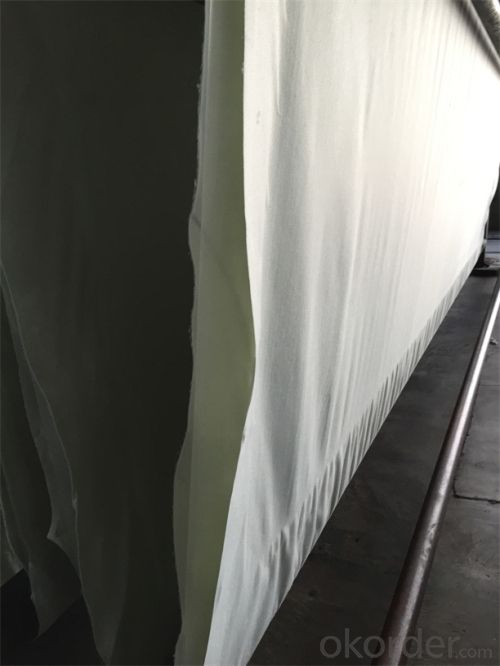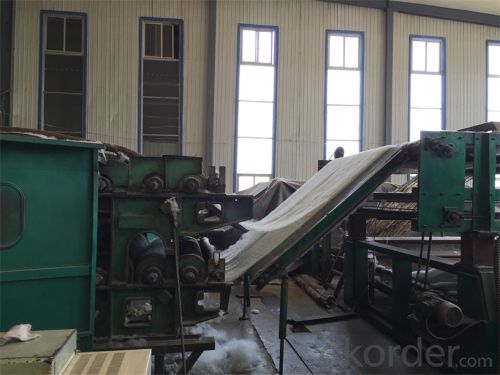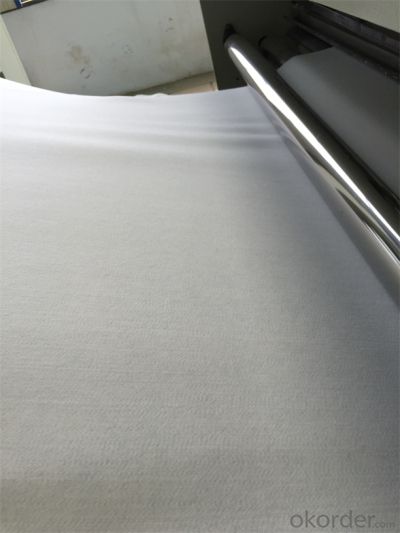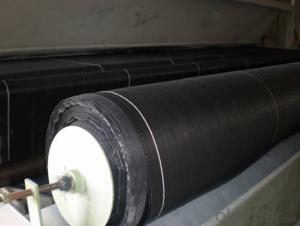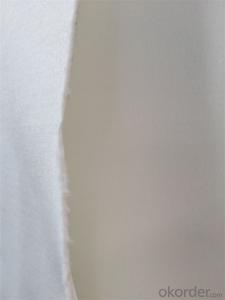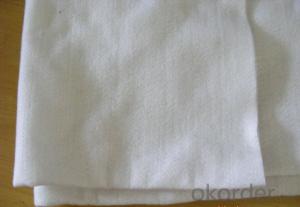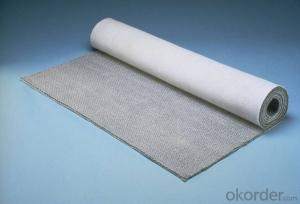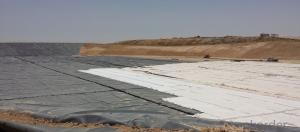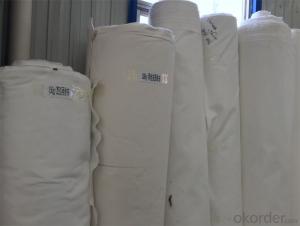Short Fiber Needle Punched Nonwoven Geotextile Fabric Pot
- Loading Port:
- Tianjin
- Payment Terms:
- TT or LC
- Min Order Qty:
- 2000 m²
- Supply Capability:
- 500000 m²/month
OKorder Service Pledge
OKorder Financial Service
You Might Also Like
Short Fiber Needle Punched Nonwoven Geotextile
Introdcution of Short Fiber Nonwoven Geotextile
Made from PP(polypropylene) or PET(polyester) short fiber by nonwoven needle punched manufacturing process, ithas isolation, filtration, drainage, reinforcement, protection and maintenanceetc.
Specifications of Short Fiber Nonwoven Geotextile:
•80g/m2—1500g/ m2
•1m—8m in roll width
the length as clients’ request
Production Standard:
GB/T17638-1998
Jt/t 520-2004
Advantage of Short Fiber Nonwoven Geotextile:
•Good flexibility resistant to corrosion resistant to acids and alkalis anti-oxidation
•Separation filtration, drainage, reinforcement, protection, and maintenance function
Applications of Short Fiber Nonwoven Geotextile:
•Water conservancy project and hydropower project
•Road paving railway
•Airport and port
•River bank protection and tunnel
•Environmental protection, etc
FAQ:
1. Which payment do you accept?
For you convinience,our payment can be L/C,TT
2. Is free sample available?
We can supply free samples. You'll just need to pay for express cost.
3. How about your quality?
We have strict quality control system, we make testing on incoming raw material and finished products. Your third party testing is also welcomed. With high quality, our products are used on government projects at home and abroad. Our product quality is accepted by clients from all over the world.
Photos of Products and Factory:

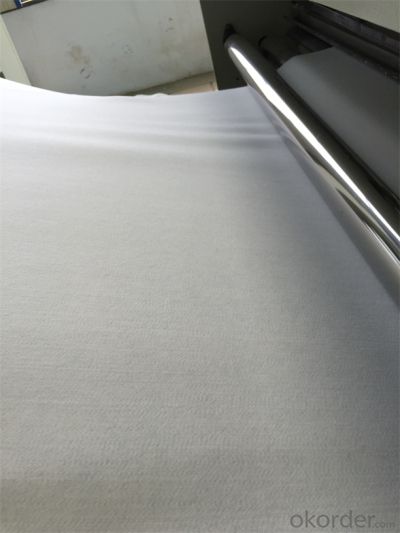

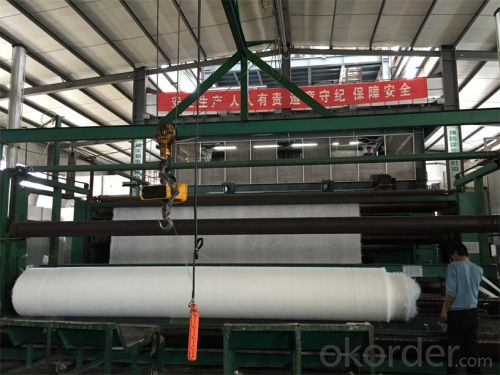
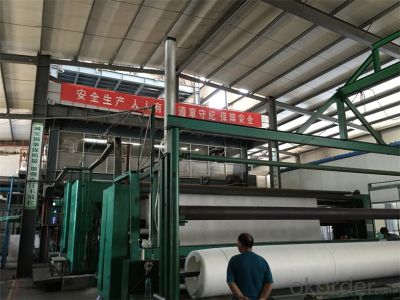
- Q: What are the key considerations for geotextile installation in high-altitude regions?
- The key considerations for geotextile installation in high-altitude regions include the selection of materials that can withstand extreme weather conditions, such as low temperatures and high winds. It is important to choose geotextiles with high tensile strength and durability to ensure they can withstand the harsh environment. Additionally, proper anchoring techniques and installation methods should be employed to ensure the geotextiles remain in place and perform their intended functions effectively.
- Q: What are the different geotextile reinforcement techniques for slopes?
- There are several geotextile reinforcement techniques for slopes, including slope stabilization using geotextile wraps, slope reinforcement with geotextile grids, and slope erosion control using geotextile blankets. These techniques involve the use of geotextile materials to enhance the stability and performance of slopes, preventing erosion and promoting long-term stability.
- Q: Can geotextiles be used for erosion control in golf courses?
- Yes, geotextiles can be used for erosion control in golf courses. Geotextiles are permeable fabrics that can be installed to stabilize soil and prevent erosion by retaining sediment and preventing it from washing away. They can be used in various applications such as stabilizing slopes, reinforcing embankments, and controlling sediment runoff, which makes them an effective solution for erosion control in golf courses.
- Q: Can geotextiles be used for reinforcement of paved surfaces?
- Yes, geotextiles can be used for the reinforcement of paved surfaces. Geotextiles are commonly deployed underneath the asphalt or concrete layers of paved surfaces to enhance their strength, stability, and durability. They help distribute the load over a larger area, prevent cracking and rutting, and control the growth of vegetation. Additionally, geotextiles can minimize the potential for reflective cracking and provide separation between different layers, enhancing the overall performance of paved surfaces.
- Q: Geotextile effect
- First, the drainage effect: polyester staple acupuncture geotextile has a good water conductivity, it can form a drainage channel within the soil, the soil structure of the excess liquid and gas efflux. Second, the role of contraction: When the water from the fine soil into the coarse soil layer, the use of polyester staple acupuncture geotextile good permeability and water permeability, so that water through, and effectively carrying soil particles, sand , Small stone, etc., in order to maintain the stability of soil and water engineering. Third, the isolation role: the use of polyester staple acupuncture geotextile with different physical properties of the building materials to isolate. So that two or more materials are not lost, not mixed, to maintain the overall structure and function of the material, so that the building capacity to enhance the capacity. Fourth, the role of puncture: and geomembrane combined into a composite waterproof impermeable material, play the role of anti-puncture. High tensile strength, good permeability, breathable properties, high temperature resistance, anti-freeze, anti-aging, corrosion-resistant, not moth-eaten. Polyester staple acupuncture geotextile is a widely used geosynthetics.
- Q: What are the materials used in geotextile production?
- Geotextiles are typically produced using a variety of materials, including synthetic fibers such as polypropylene, polyester, and polyethylene. These materials are chosen for their durability, strength, and resistance to environmental conditions. Natural fibers like jute and coir can also be used in certain geotextile applications. Additionally, some geotextiles may incorporate additives or coatings to enhance their performance and stability.
- Q: How do geotextiles contribute to the performance of geocell systems?
- Geotextiles play a crucial role in enhancing the performance of geocell systems by providing reinforcement, separation, and filtration functions. They help distribute and transfer loads evenly across the geocell structure, enhancing its stability and load-bearing capacity. Geotextiles also prevent the mixing of different soil layers, ensuring proper confinement within the geocells. Additionally, they act as a filter, allowing water to drain while preventing the migration of fine particles that could clog the system. Overall, geotextiles significantly contribute to the overall performance and longevity of geocell systems.
- Q: Project, what is the use of permeable geotextile?
- Pavement maintenance is much more
- Q: How do geotextiles enhance the performance of geocells?
- Geotextiles enhance the performance of geocells by acting as a separation and filtration layer between the soil or aggregate fill and the geocell walls. They prevent the migration of fine particles into the geocell structure, improving its overall stability and load-bearing capacity. Geotextiles also provide reinforcement and confinement to the infill material, minimizing lateral spreading and improving the geocell's structural integrity.
- Q: How do geotextiles help in reducing the impact of heavy rainfall on soil?
- Geotextiles help in reducing the impact of heavy rainfall on soil by acting as a barrier between the soil and the water. They provide reinforcement to the soil, preventing erosion and soil displacement caused by the force of the rainfall. Additionally, geotextiles allow water to infiltrate into the soil and drain efficiently, reducing the risk of waterlogging and improving the overall stability of the soil during heavy rainfall events.
Send your message to us
Short Fiber Needle Punched Nonwoven Geotextile Fabric Pot
- Loading Port:
- Tianjin
- Payment Terms:
- TT or LC
- Min Order Qty:
- 2000 m²
- Supply Capability:
- 500000 m²/month
OKorder Service Pledge
OKorder Financial Service
Similar products
Hot products
Hot Searches
Related keywords
